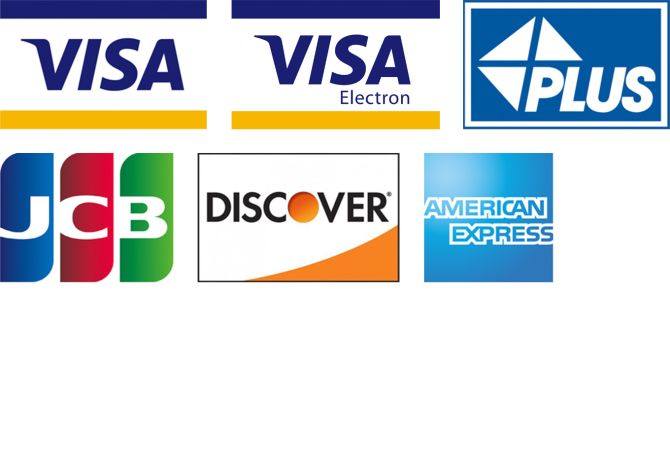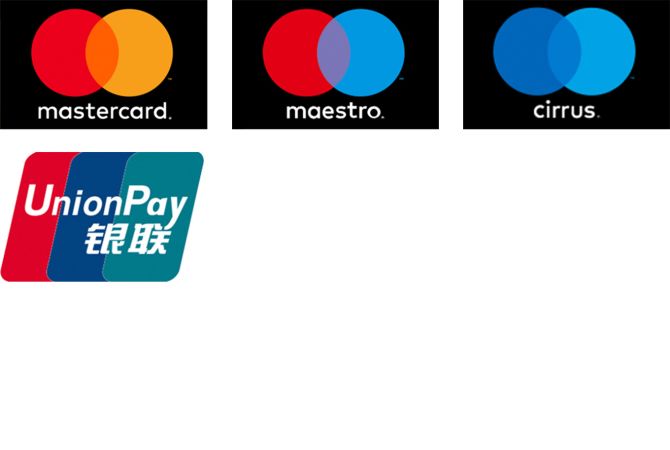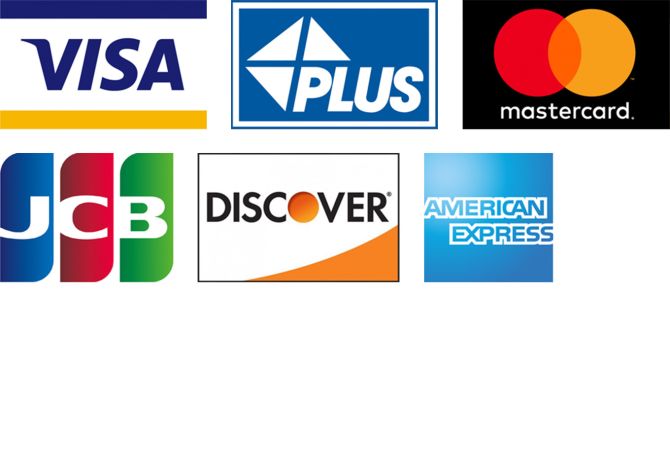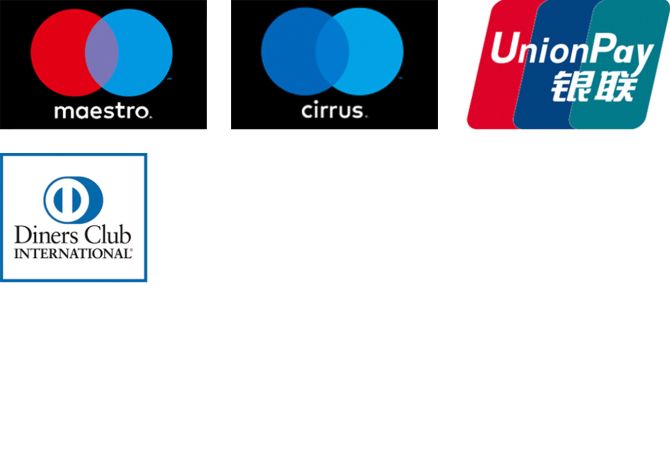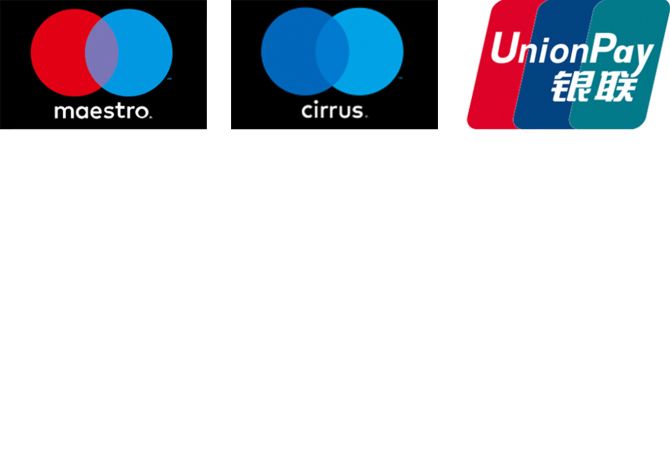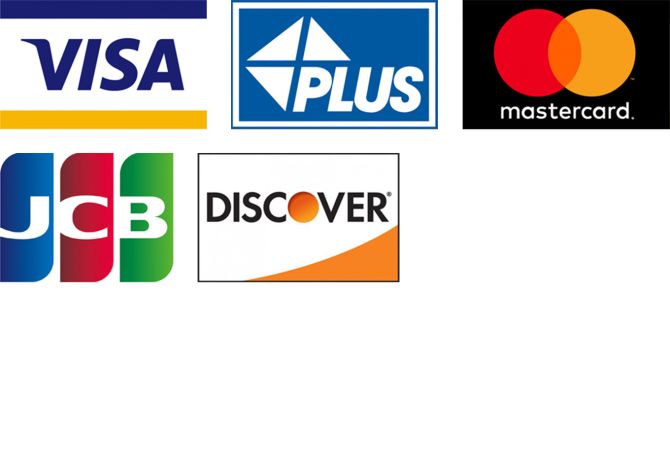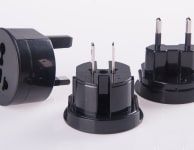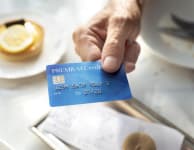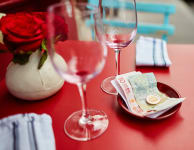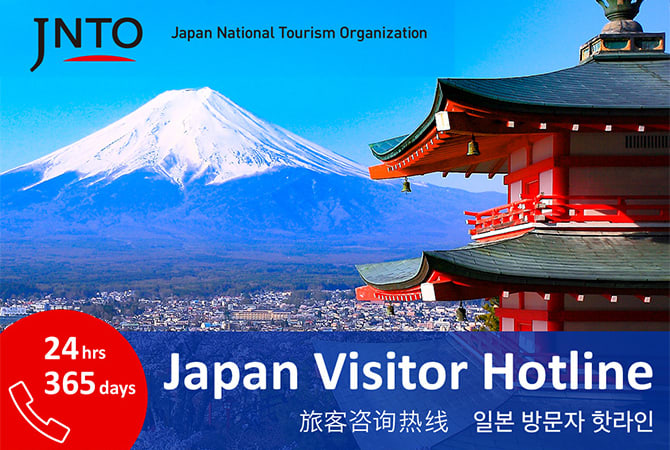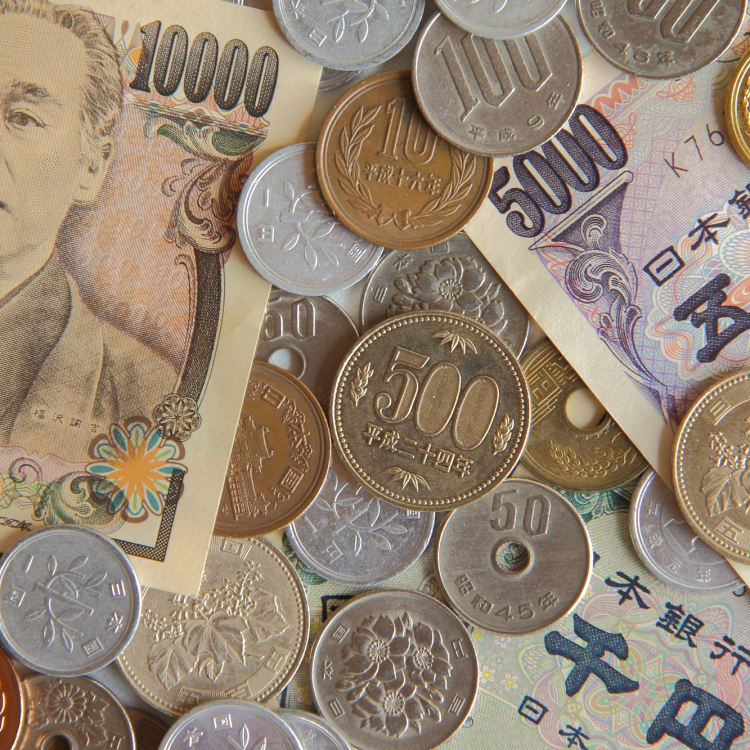

Currency
Currency and currency exchange
If you haven't prepared cash in advance, it's easy to exchange any currency into Japanese yen once you arrive in the country. All major airports have exchange points in their respective arrivals halls. Even though it is possible to buy train tickets, take taxis, and pay for most other services on offer at the airport with international credit cards, carrying some cash is recommended. You will need some during your stay.
Japan, however, is very much a cash-based society, so keep cash on you. It's worth noting that ATMs often charge for withdrawals and this charge can vary depending on the time you're making a withdrawal. Not all ATMs are 24 hours and, in central areas, may run out of cash at times. Be prepared by having enough cash on hand.
Yen (JPY) comes in bills of 1,000 yen, 2,000 yen, 5,000 yen and 10,000 yen, and coins of 1 yen, 5 yen, 10 yen, 50 yen, and 500 yen. Carrying a purse for your Japanese coins throughout your stay in Japan is a good idea since the value of them (and weight in your wallet) soon adds up.
While the 10,000 yen note is equivalent to around 100 dollars, the note is generally accepted even if buying something small. Be aware that not many 2,000 yen notes are in circulation. They are accepted but can be easily confused with the 1,000 yen note, so make sure you get the correct change after using them.
When entering or leaving Japan, a customs declaration is required if you are carrying more than one million yen in cash, checks, traveler's checks, securities, etc. Refer to the official website of Japan customs for a comprehensive understanding of any necessary procedures.
ATM Information
Japan Post Bank ATMs
You can dispense cash from one of the many Japan Post Bank ATMs located nationwide. Most of them are in the Post Offices, but you can also find some at train stations and supermarkets. Service hours differ by ATM. The service is available in English.
Seven Bank ATMs
Withdraw cash from the nationwide network of ATMs located mainly in the Seven Eleven convenience stores. Find screens, receipts and voice guidance in 12 languages—English, Korean, Chinese simplified, Chinese traditional, Portuguese, Thai, Malay, Indonesian, Vietnamese, French, German, and Japanese) when using cards issued overseas.
Mizuho Bank
Head to one of the Mizuho Bank branches to withdraw cash using an international card. Withdrawals and balance inquiries are possible. However, you cannot make deposits or transfers.
Mitsubishi UFJ Bank
Use your Visa, MasterCard, Maestro or Cirrus card to withdraw cash from one of the branches of Mitsubishi UFJ Bank.
Mitsui Sumitomo Bank
You can use your Visa, MasterCard, Maestro or Cirrus card at branches of SMBC Banks.
Others
Japan's four major airports—Narita Airport Haneda Airport Chubu Centrair International Airport and Kansai International Airport — have ATMs. ATM service fees may be charged when withdrawing money, depending on the hour or day.
Foreign currency can usually be exchanged at exchange counters, banks, and some hotels, and World Currency Shops are dotted around the country. Exchange rates fluctuate daily in accordance with financial market trends. Currency that can be exchanged depends on the exchange counter.
Research the currency exchange options at the airport that you are flying into—Narita Airport (Chiba, Tokyo) , Haneda Airport (Tokyo) , New Chitose Airport (Hokkaido) , Chubu Centrair International Airport (Aichi) , Kansai International Airport (Osaka) , Fukuoka Airport , Naha Airport (Okinawa) .
Banks
You can also exchange foreign currency at major banks. Branches generally have convenient locations—often in front of train stations—however, be aware that many close at 3 p.m. Research the major banks in Japan—The Bank of Tokyo-Mitsubishi UFJ , Mizuho Bank , Sumitomo Mitsui Banking Corporation —and the Japan Post Bank .




















































